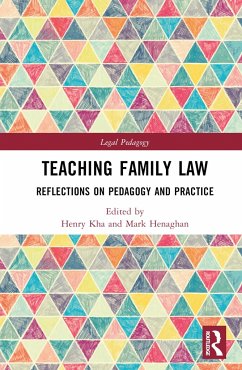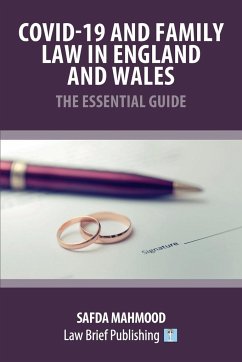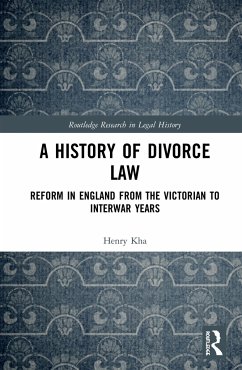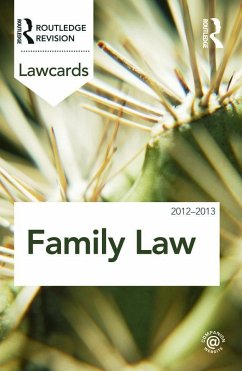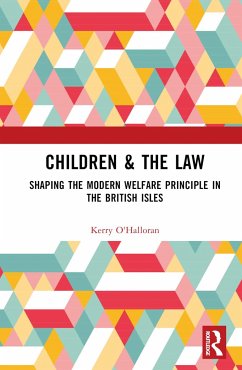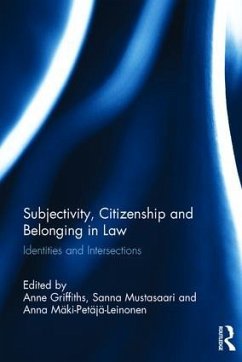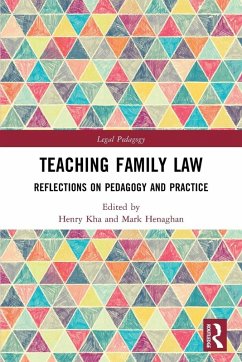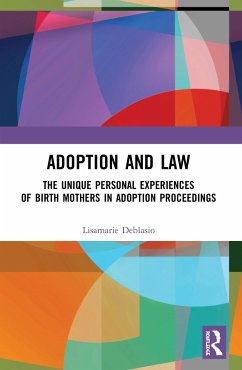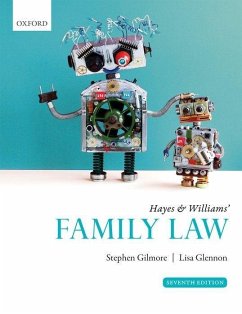
Contemporary Family Law
Principles and Practice
Versandkostenfrei!
Versandfertig in 1-2 Wochen
63,99 €
inkl. MwSt.
Weitere Ausgaben:

PAYBACK Punkte
32 °P sammeln!
Taking a fresh and modern approach, Contemporary Family Law: Principles and Practice gives students all the information they need to develop a clear understanding of this fascinating area of the law. Covering the very latest developments in family law, each chapter uses contemporary cases as a window to introducing core legal concepts, principles and developments, emphasising the dynamism and evolving nature of family law, in which practitioners, campaigners, law reformers and students all play their part.Key features include:Developments in family law are considered not only from a vantage po...
Taking a fresh and modern approach, Contemporary Family Law: Principles and Practice gives students all the information they need to develop a clear understanding of this fascinating area of the law. Covering the very latest developments in family law, each chapter uses contemporary cases as a window to introducing core legal concepts, principles and developments, emphasising the dynamism and evolving nature of family law, in which practitioners, campaigners, law reformers and students all play their part.
Key features include:
Developments in family law are considered not only from a vantage point of judicial decision making but also from the perspective of the contribution made by solicitors, barristers and experts. This encourages students to develop a sense of their own potential agency when as future practitioners they represent their clients and engage in law reformIn considering legal argument and case determination, the book places equality front and centre,including access to justiceEach chapter provides further reading with online links and URLs and a set of self-test questions, including problem scenarios and discursive essay questions. Each form of assessment ref lects the levels of educational attainment and mirrors testing techniques relevant to academic examination and legal professional and vocational practice courses
This uniquely contemporary textbook will be essential reading for all students of family law.
Key features include:
Developments in family law are considered not only from a vantage point of judicial decision making but also from the perspective of the contribution made by solicitors, barristers and experts. This encourages students to develop a sense of their own potential agency when as future practitioners they represent their clients and engage in law reformIn considering legal argument and case determination, the book places equality front and centre,including access to justiceEach chapter provides further reading with online links and URLs and a set of self-test questions, including problem scenarios and discursive essay questions. Each form of assessment ref lects the levels of educational attainment and mirrors testing techniques relevant to academic examination and legal professional and vocational practice courses
This uniquely contemporary textbook will be essential reading for all students of family law.





